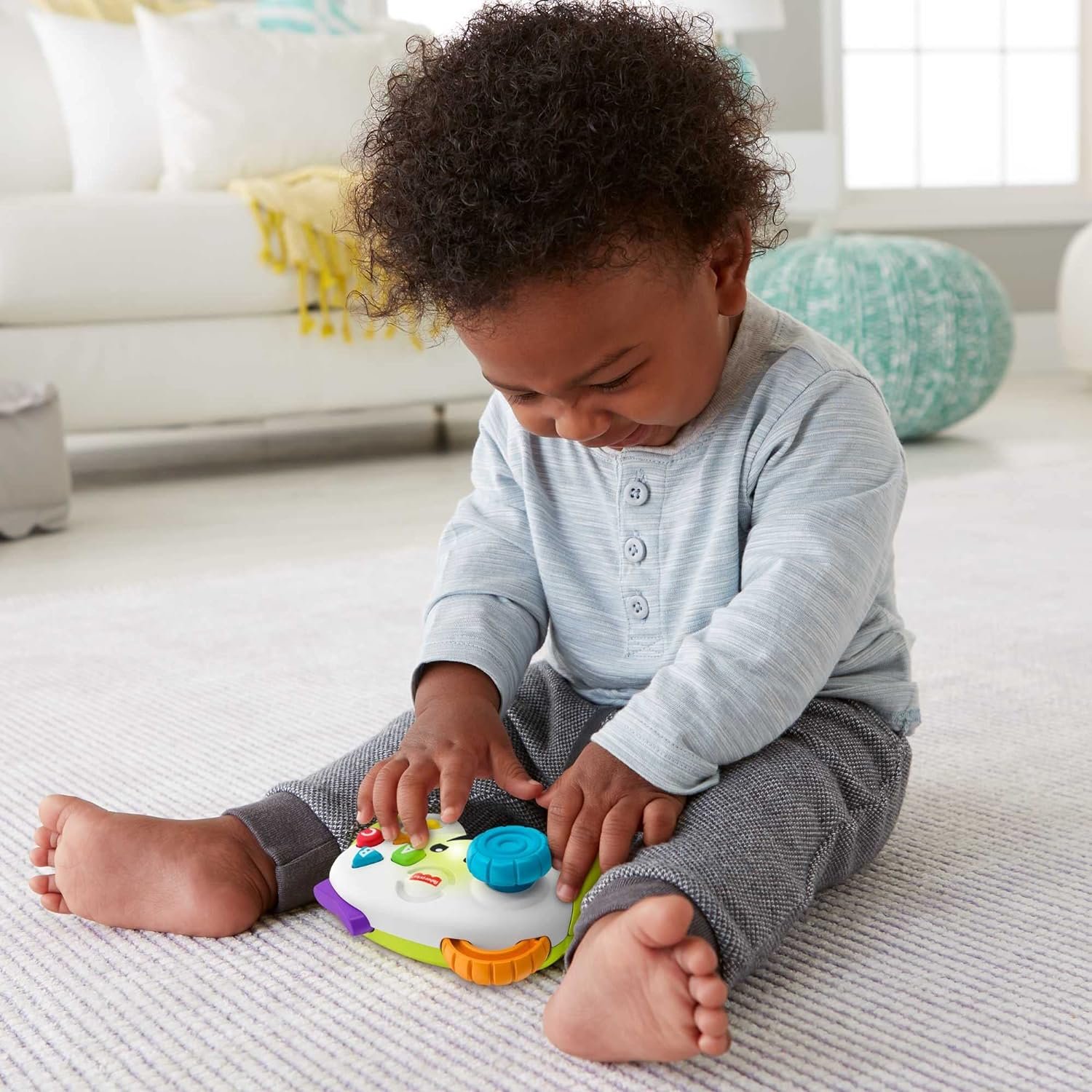The article explores bedtime routine tips to help babies fall asleep with caregivers other than their mother. Understanding that the bond between mother and baby during bedtime can be both wonderful and exhausting for other caregivers, the article suggests various strategies to involve different caregivers in the bedtime routine. It emphasizes the importance of teamwork and consistency in creating a soothing environment for the baby, introducing other caregivers into the daytime routine as well. The article also suggests using a comfort item, following safety guidelines, and gradually transitioning to independence in the bedtime routine. By embracing shared bedtime routines, caregivers can foster a sense of independence in the baby and also provide much-needed rest and self-care for themselves.
Read more about the latest articles
Embrace a Bedtime Routine as a Team Sport
A consistent bedtime routine is not just a solo act for mothers; it can be a team sport. By involving other caregivers, such as dad or grandma, in the bedtime routine, mothers can share the responsibility and allow their little ones to feel comfortable and secure with multiple caregivers. This teamwork approach can also help foster a sense of independence and flexibility in babies. Rather than feeling overwhelmed and isolated in their role as the sole caregiver during the bedtime routine, mothers can invite others to participate and become familiar faces in their baby’s dreamscape.
Read more about the latest articles
Invite Others to the Daytime Party
Babies thrive on repetition and consistency, and involving other caregivers in the daytime routine can help familiarize babies with different people and their unique styles. By inviting other caregivers to join in playtime, mealtime, and other daytime activities, mothers can help their little ones recognize that there are more members in their fan club. This gentle introduction to other caregivers can make the transition to bedtime routine easier and smoother, as babies become more accustomed to different faces and caregiving styles.
Harness the Power of a Cuddle Buddy
While nothing can truly replace a mother’s touch, introducing a comfort item like a small blanket or a soft toy can provide a sense of familiarity and security for babies when they are not in their mother’s arms. By allowing the comfort item to soak up the mother’s scent during the day, it can create a connection to mom even when she is not physically present. However, it is important to follow the safety guidelines set by the American Academy of Pediatrics (AAP) regarding the use of plush toys and soft objects in the crib. These guidelines recommend not introducing such items until the baby is at least 12 months old to reduce the risk of suffocation.
Take Baby Steps Toward Bedtime Routine Independence
Just like Rome was not built in a day, adjusting to new caregivers during the bedtime routine takes time and patience. Gradually transitioning the responsibilities of the bedtime routine can help babies adjust more comfortably. Starting with the mother initiating the routine and then gradually having another caregiver step in to finish can ease the transition for both the baby and the caregivers. Over time, as the baby becomes more accustomed to different caregivers, the mother can gradually bow out earlier in the routine, allowing others to take on more responsibilities.
Cultivating the Art of Soothing
Each caregiver has their own unique soothing style, and encouraging others to find their rhythm can enhance the bedtime routine experience for babies. While a father may not be able to replicate a mother’s soft lullabies, he can engage in the enchantment of bedtime stories. Similarly, a grandmother may have a repertoire of old nursery rhymes that can work their magic. By diversifying the soothing techniques used in the bedtime routine, mothers can create a more inclusive and harmonious experience for their babies.
Navigating the Bedtime Routine Path with Patience
Every baby is unique, and their response to changes in the bedtime routine may vary. Some babies may adapt quickly to new caregivers, while others may require more time and patience. It is important to remember that this adjustment period is just a chapter in the baby’s journey of growing up. It is not a race, and it does not reflect on anyone’s abilities as a caregiver. Being patient with oneself, other caregivers, and the baby is crucial during this transition period. Each baby will adjust in their own time, and it is important to trust the process and remain supportive throughout.
Enjoying the Benefits of Shared Bedtime Routines
By involving other caregivers in the bedtime routine, mothers can enjoy a host of benefits. Sharing the routine with other caregivers allows babies to feel comfortable and secure with multiple people, fostering a sense of independence and flexibility. It also provides an opportunity for other caregivers to bond with the baby and understand their unique quirks and cues. Additionally, involving others in the bedtime routine gives mothers a chance to take a break and engage in self-care. Knowing that their baby is in safe and capable hands allows mothers to prioritize their well-being and rejuvenate themselves.
Introducing Familiar Faces in the Bedtime Routine
As mentioned earlier, involving other caregivers in the bedtime routine allows babies to become familiar with different faces and caregiving styles. This familiarity can be comforting for babies, as they develop trust and a sense of security with multiple caregivers. By introducing other caregivers into the bedtime routine, mothers can create a bond between their baby and these caregivers, strengthening relationships and providing a support system for everyone involved.
Creating Consistency in the Daytime Routine
Consistency is key when it comes to a baby’s routine, and this extends to the daytime activities as well. By involving other caregivers in the daytime routine, mothers can ensure that the baby experiences consistency throughout the day. From playtime to mealtime, having multiple caregivers engage in these activities can create a stable and predictable environment for the baby. This consistency can promote a sense of security and ease the transition into the bedtime routine, as the baby feels grounded and familiar with the caregivers and the activities they engage in.
Selecting Age-Appropriate Comfort Items
While comfort items like blankets and soft toys can provide a sense of security for babies, it is important to select age-appropriate items. The AAP recommends avoiding soft objects, including plush toys, in the crib with a baby younger than 12 months to reduce the risk of suffocation. Mothers should prioritize their baby’s safety above all and consider introducing comfort items when the baby reaches an appropriate age. These items can then become a source of comfort and familiarity during the bedtime routine, helping to ease the baby into a peaceful sleep.
In conclusion, embracing a bedtime routine as a team sport can provide numerous benefits for both mothers and babies. By involving other caregivers in the routine, mothers can share the responsibility and create a sense of familiarity and security for their babies. Gradually transitioning the bedtime routine to include other caregivers, introducing comfort items, and cultivating diverse soothing techniques can enhance the overall experience for babies. Patience and understanding are key during this transition, as each baby will adjust in their own time. The shared bedtime routine allows for bonding between the baby and other caregivers, while also providing an opportunity for mothers to prioritize their well-being. By creating consistency in the daytime routine and selecting age-appropriate comfort items, mothers can ensure a calm and peaceful bedtime routine for their little ones.












